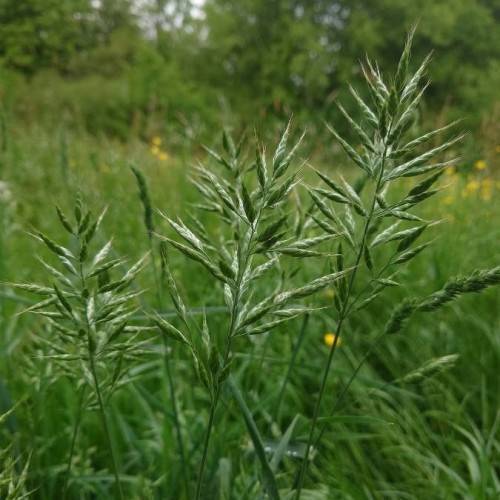
Aleut Brome
Bromus sitchensis var. aleutensis
Watering:
Minimal
Hardiness Zone:
Sun:
full sun,part shade
Leaf:
Yes
Growth Rate:
Low
Drought Tolerant:
Yes
Salt Tolerant:
Yes
Invasive:
Yes
Care Level:
Medium
watering
Alaska Brome (Bromus sitchensis) should be watered consistently, but not too deeply. During the spring and summer months, water the plant every 2 to 3 days. Make sure to water until the soil is moist. During the winter months, reduce the frequency of watering to about once a week. Be careful not to overwater or the plant may suffer from root rot. During the growing season, fertilize every 2 to 3 weeks to help promote healthy growth.
sunlight
Alaska Brome (Bromus sitchensis) is a species of grass native to coastal and mountainous areas of the northern and western United States and southern Alaska. This species of grass needs full sun to thrive. It does best in areas that receive 7 to 8 hours of direct sunlight each day. When grown in partial shade, Alaska Brome growth will be inhibited and can result in weak and sparse stands. It is best to provide this grass with a minimum 6 hours of daily sun exposure for optimal growth. It also does best when planted in well-drained soils with a slightly acidic pH.
pruning
Alaska Brome (Bromus sitchensis) should be pruned in late winter or early spring, prior to the plant going into its active growth phase. Pruning should consist mainly of removing dead or damaged branches and stems, as well as any competing stems that are resulting in an overcrowded canopy or lower shoots that have no room to mature and produce flowers. Additionally, shaping and thinning may also be needed in order to achieve the desired shape or size of the plant. Pruning should only be done if absolutely necessary and should be as limited and light as possible.
